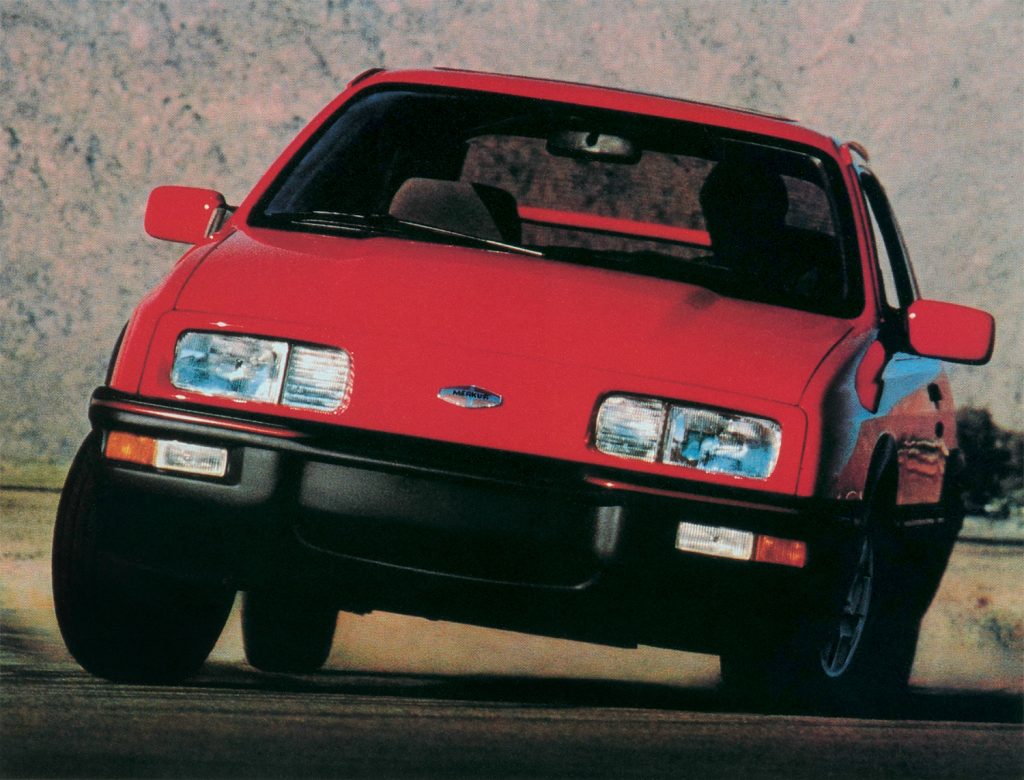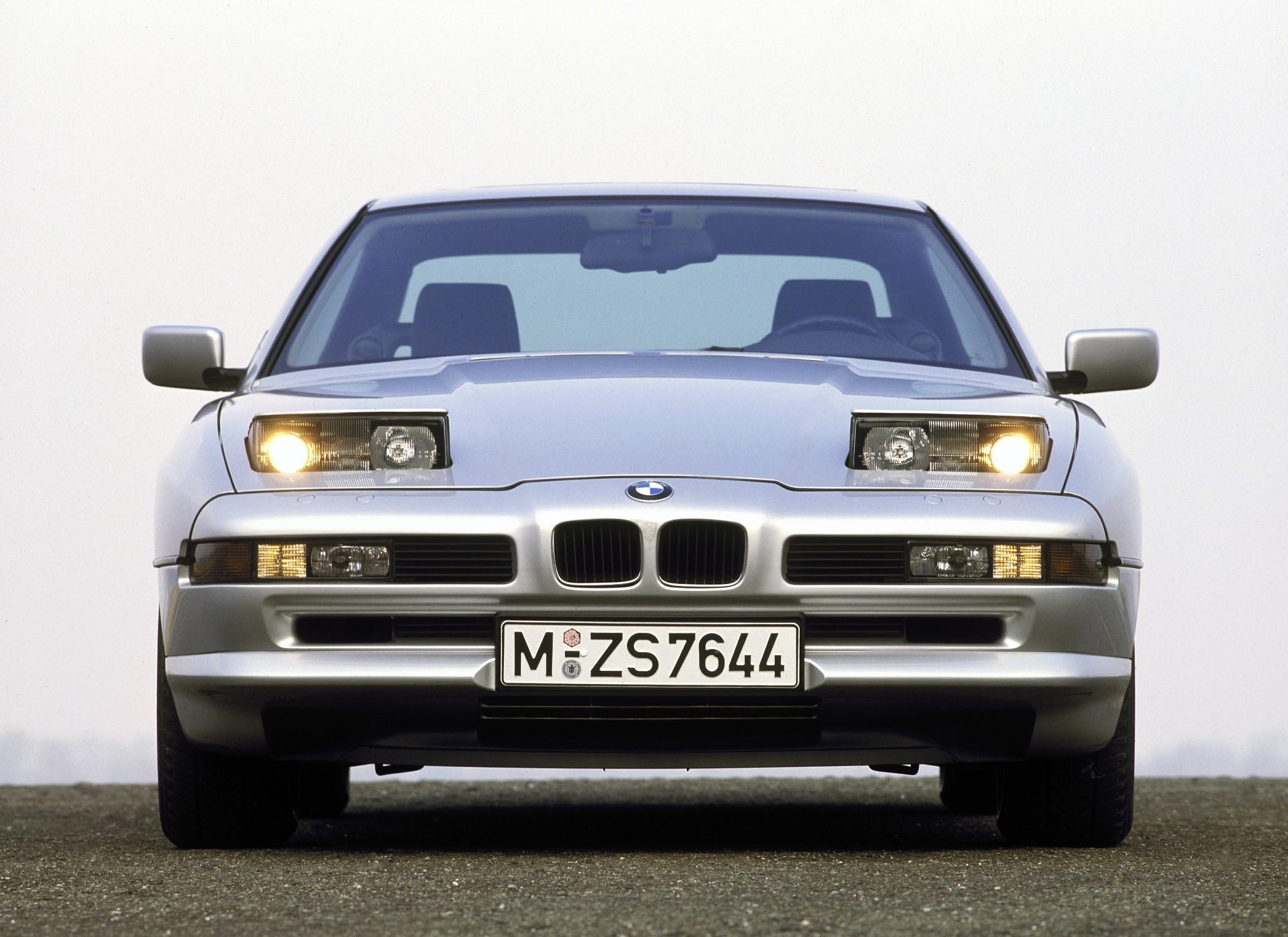Words: Nathan Chadwick
Images: Merkur/Ford
Bob Lutz has had a host of successes over the years, from bringing BMW into the modern age in the 1970s (including helping form the BMW design department, the 3 Series and BMW M), to launching the groundbreaking Ford Sierra and Escort Mk2. He also played a key role in reinvigorating American giants such as Chrysler and General Motors, including conceptualising the Dodge Viper.
The mid-80s Merkur experiment of bringing European Fords to American shores, initially based on the mould-breaking Ford Sierra, wasn’t quite a success, however… Though import tariffs and the costs of adding new safety features hastened the marque’s demise, particularly as sales never met ambitions. However, according to Bob, the promising project was doomed from the start – and it was all to do with marketing…

How did the Ford Sierra project come about?
“We didn’t have the money to build an all-new front-wheel drive architecture, and I argued that the only way we could counter Renault, GM and others’ front-wheel-drive architectures was to do an aerodynamically efficient car. We’d keep out engines and transmissions – those were the two big investment lumps.

“Then we added independent rear suspension, the hallmark of BMW and Mercedes – I said if we’re going to copy somebody, why not copy prestige manufacturers and give the public a premium chassis with a conventional drive layout.”
Were you surprised the Sierra proved so controversial in the UK?
“No – whenever you showed customers in the UK future models versus current cars, they would always choose the current model. In Germany, France and Italy, they always voted for what the new one was. We knew it was going to be a tough sell in Britain, but a smash hit elsewhere – and that’s exactly how it turned out. But in the fullness of time, it was as successful in the UK as anywhere else.”
How did the Merkur project come about?
“The idea was to enhance European profitability by introducing Ford of Europe cars like the Sierra and Scorpio to the US as an import brand, either establishing a separate dealership network or partner with Porsche dealers and prestigious import car dealerships. The programme got approved, but…” How did it start to go awry? “The US stupidly decided to put the cars in Lincoln-Mercury dealerships – that was the kiss of death because it was an import brand under a domestic franchise, and that just didn’t work.”
Were Americans just not ready for that type of European design?
“Audi was doing okay, Porsche was doing okay – if it had been properly marketed through an independent channel with dedicated dealers and an advertising agency, then the cars could have been very successful. It needed a younger, smaller, more imaginative advertising agency – it also didn’t help that American import tariffs went up in the late 1980s.”
Were the cars good enough?
“They got good reviews in the automotive media, such as Car & Driver and Road & Track. If you look at the XR4Ti and the performance versus the Audi Sport, it could easily hold its own – there is still an enthusiastic owner’s club for them today.”
So what went wrong?
“When I saw they were advertising the car with a blurred picture and the headline ‘Bavarian Scream’, I said, ‘Guys, the car isn’t made in Bavaria.”
“The answer was that the American public doesn’t know the difference between Bavaria and Germany. Right off the bat, since these imported cars were going to a segment of the American public that did know the difference between Bavaria and Germany, instead of leading them to consider the product, it was actually turning them off.”







